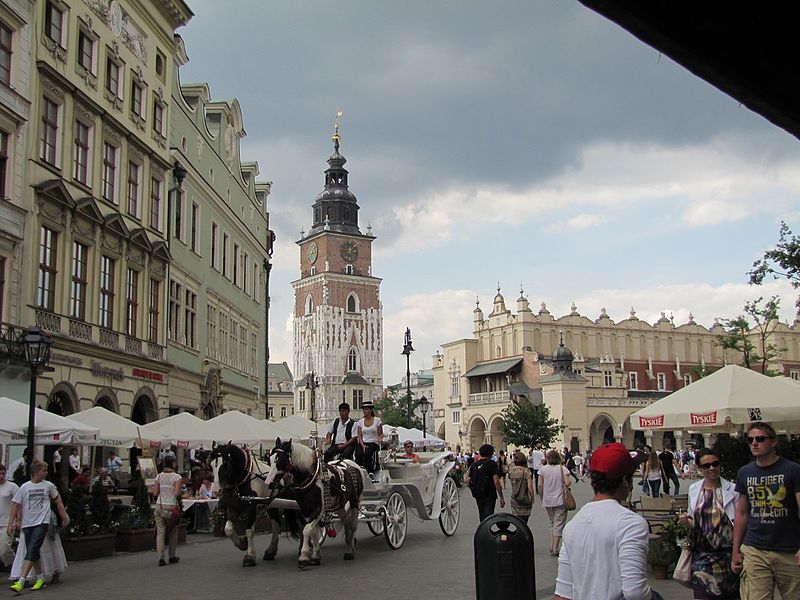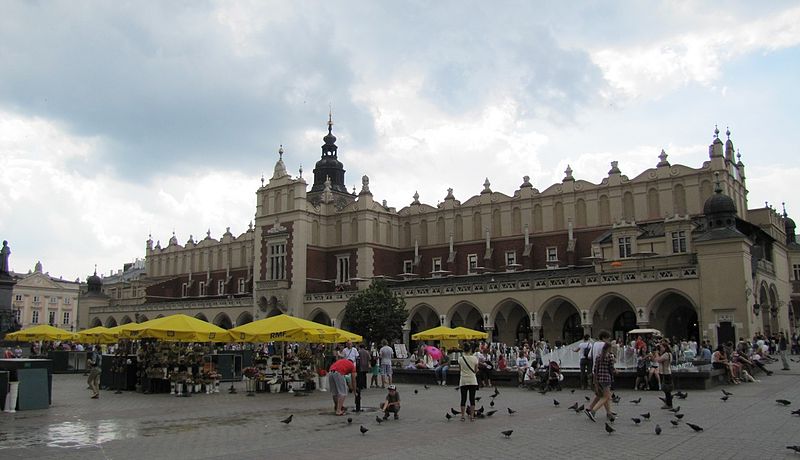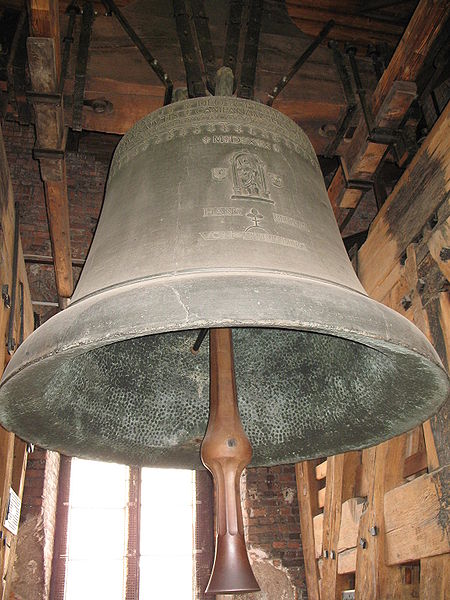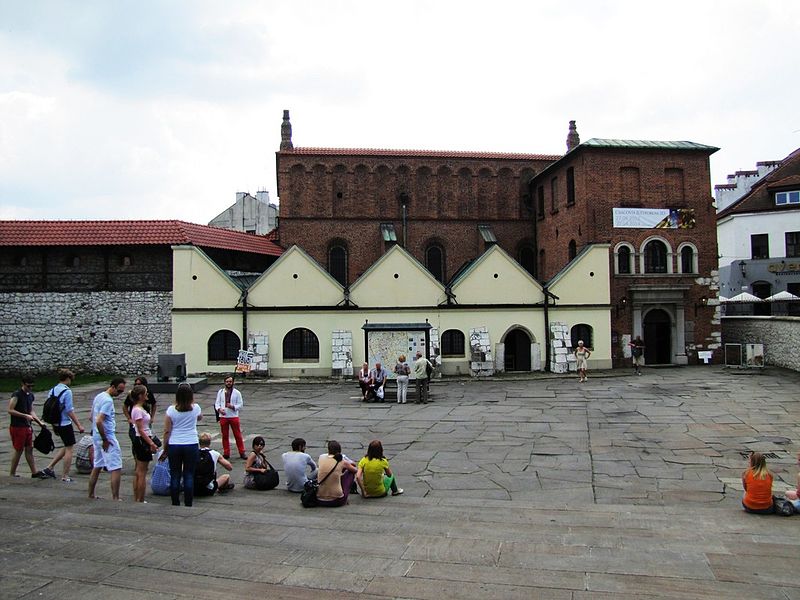A legend attributes Krakow's founding to the defeat of a mythical dragon. The first written record of the city's name dates back to the turn of the first millennium, when Krakow was an important commercial center. It is one of oldest cities in Poland, today it is the country's second largest city. As you stroll through the Old Town, a World Heritage Site, Krakow reveals its beautiful blend of past and present.
Kraków
The Historical Museum of Krakow has 14 divisions scattered around the city with its main branch being in the the Krzysztofory Palace. The Museum houses a permanent exhibit of the History and Culture of Krakow, a collection of the militaria (projectiles, firearms, defense and sharp weapons), clocks and watches.
The Main Square of the Old Town is the principal urban space located at the center of Krakow. It dates back to the 13th century as a commercial centre, and is one of the largest medieval town squares in Europe, surrounded by historic townhouses and churches that are centuries old. The culture of Krakow is deeply rooted in colorful traditions with the Main Square remaining most lively and crowded year-round. Today, it is also known for its large population of rock pigeons, florist stalls, gift-shops, beer-gardens and horse-drawn carriages.
The Cloth Hall (Polish: Sukiennice) dates to the Renaissance and is the central feature of the Main Square. It has been listed as a UNESCO World Heritage Site since the 70's. It was once a major centre of international trade. During its golden age in the 15th century, the hall was the source of a variety of exotic imports from the east. On the upper floor of the hall is the Sukiennice Museum division of the National Museum. It holds the largest permanent exhibit of the 19th-century Polish painting and sculpture.
Also known as the Church of Our Lady Assumed into Heaven, it is a Brick Gothic church re-built in the 14th century (originally built in the early 13th century). Standing 80 m tall, it is particularly famous for its wooden altarpiece carved by Veit Stoss, the largest Gothic altarpiece in the World and a national treasure of Poland. The church also served as an architectural model for many of the churches that were built by the Polish diaspora abroad.
The Planty is a city park encircling the Stare Miasto (Old Town), where the Medieval city walls used to stand until the early 19th century. The green belt was established in place of the medieval walls between 1822–1830 as part of the urban development projects to preserve the concept of a "garden city". It consists of a chain of thirty smaller gardens designed in varied styles and adorned with numerous monuments and fountains. Most historic sites of the old Krakow are located inside the Planty-park-belt along the Royal Road.
The Kraków Barbican (a fortified outpost once connected to the city walls) is a historic gateway leading into the Old Town of Krakow, and it is one of the few remaining relics of the complex network of fortifications and defensive barriers that once encircled the royal city. The Gothic-style barbican, built around 1498, is considered a masterpiece of medieval military engineering and is one of only three such fortified outposts still surviving in Europe.
Kraków
The Wawel Castle is a castle residency built at the behest of King Casimir III the Great, who reigned from 1333 to 1370, and consists of a number of structures situated around the central courtyard. The Wawel Royal Castle and the Wawel Hill constitute the most historically and culturally important site in Poland. For centuries the residence of the kings of Poland and the symbol of Polish statehood, the Castle is now one of the country’s premier art museums.
More than 900 years old, this Roman Catholic church is the Polish national sanctuary and traditionally has served as coronation site of the Polish monarchs as well as the Cathedral of the Archdiocese of Krakow. The Wawel Cathedral has been the main burial site for Polish monarchs since the 14th century. As such, it has been significantly extended and altered over time as individual rulers have added multiple burial chapels. There are two chapels adjacent to the cathedral: Sigismund's Chapel with a golden dome and Vasa Dynasty chapel.
It was cast in 1520 and named after King Sigismund I of Poland, who commissioned it. The bell weighs almost 13 tonnes and requires 12 bell-ringers to swing it. It tolls on special occasions, mostly religious and national holidays, and is regarded as one of Poland's national symbols. The bell was also rung on some of the most significant moments in the history of Poland, such as the German invasion and Poland's entry into the European Union.
This Orthodox Jewish synagogue is the oldest synagogue building still standing in Poland, and is one of the most precious landmarks of Jewish architecture in Europe. Until the German invasion of Poland in 1939, it was one of the most important synagogues in the city as well as the main religious, social, and organizational centre of the Krakow Jewish community. Built in the 15th century, it was completely devastated and ransacked by the Germans during World War II. It was renovated in the late 50's and currently operates as a museum.




































